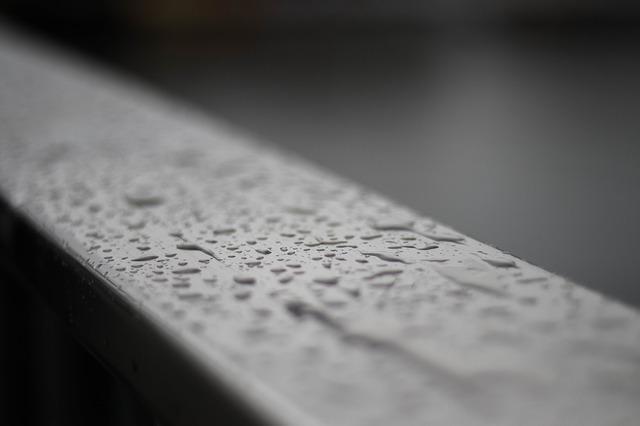Your subfloor is important, it creates a stable surface that allows you to load things into your home, like kitchens and other heavy appliances. Of course, it also creates a smooth and solid base for your floor covering of choice.

Understanding The Subfloor
A good subfloor will include a vapour layer that helps to prevent moisture from rising through the floor and into your home. Moisture is not good for your home. It creates a good environment for mould growth and this can cause health issues. It also causes damage to flooring. For example, it will make wood swell and buckle, giving you an uneven floor. It can also loosen the cement holding tiles in position, allowing them to come loose and potentially break.
In some homes, the subfloor is built directly against the ground and the rooms are on top of this. However, in many cases the floor is elevated, allowing air to move under it. This is usually referred to as the crawl space.
This type of flooring is easier to dry out after a leak. In the first instance the water can soak back into the soil under the house and it will take a lot more water for it to come into contact with the floor covering. The second major benefit of this style of flooring is that it will provide underfloor ventilation. This will be achieved via vents and ideally fans.
They move the air to take moist air away from the house and keep the crawlspace dry. This stops the moisture from getting into your home.
Drying Techniques
The obvious starting point is to let the water drain away naturally or to get as much out as possible. You can do this by hand but a pump is generally more efficient. The aim is to remove any obvious water, you’ll have to do this before you can start drying.
You can then take inspiration from the underfloor ventilation system. You need to move the air across your subfloor. That means lifting any damaged old flooring to allow access to the subfloor.
Don’t forget to take pictures of the floor damage, they may help your insurance claim. You can then position fans and blowers to move air across the subfloor. The trick is to use cold air, this pushes warm moist air out of the way, allowing more moisture to escape from the subfloor. The subfloor can be dried in a surprisingly short space of time.
Alongside this, a dehumidifier can help. But, you need to block the area in to ensure the dehumidifier is focused on the floor, not your entire house.
Rebuilding
When the floor has dried you can look at putting new floor coverings down. But, you should consider whether it is possible to raise the floor and add an underfloor pump and ventilation system. It may save you from future issues.
Don’t forget to look at how the flood happened and see what you can do to prevent the issue from happening again. Dealing with a flooded floor is never a nice experience.





